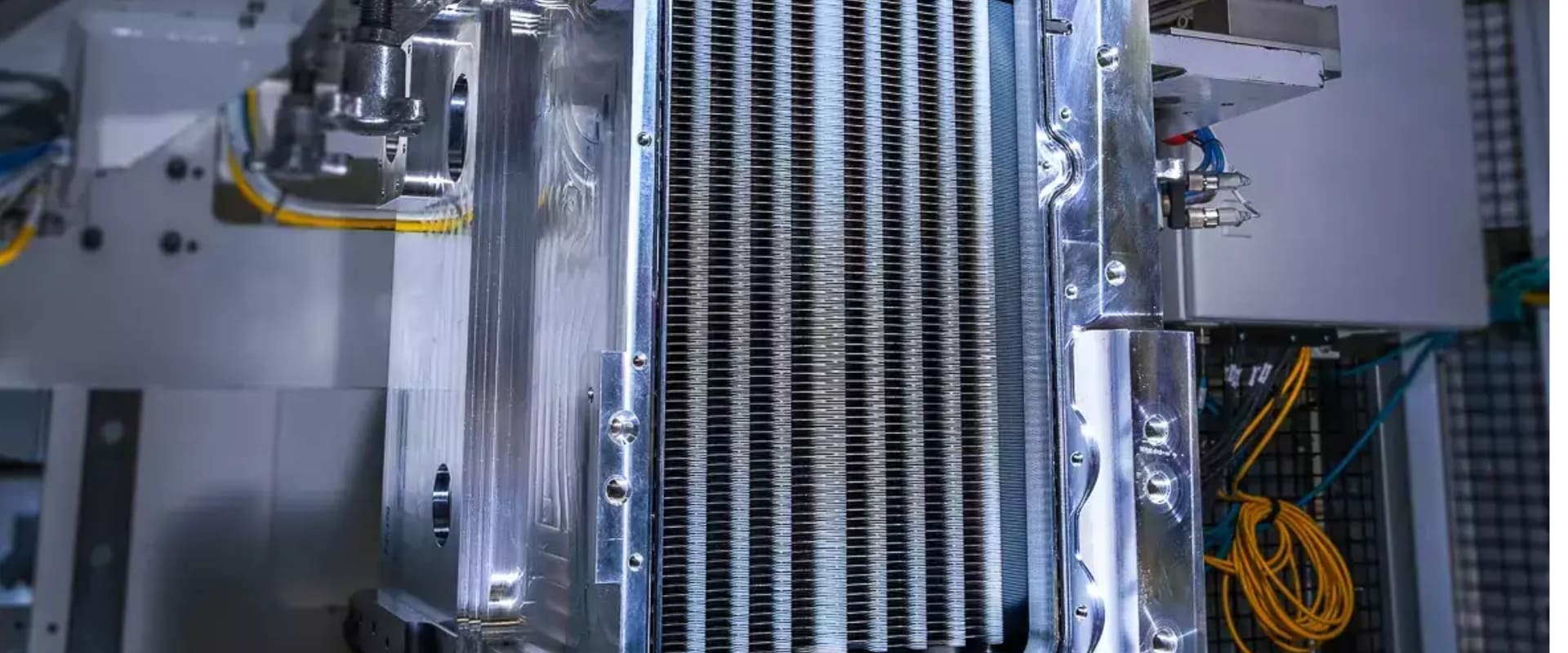Abstract
Hydrogen Fuel Cells generate electricity using a chemical reaction. Each Fuel Cell has two electrodes i.e. Anode and Cathode. The reaction to generate the electricity occurs at these electrodes, with an electrolyte carrying electrically charged particles between them through microporous gas diffusion layers and a catalyst to speed up the reactions.
Blog
Hydrogen Fuel Cells, heralded as a promising clean energy technology, operate on the principle of electrochemical conversion to generate electricity. At the core of this innovative system are fuel cells, sophisticated devices that facilitate the controlled reaction between hydrogen and oxygen, producing electricity along with water and heat as byproducts. Understanding the intricate workings of these fuel cells provides insight into their potential as a sustainable power source.
The fundamental structure of a Hydrogen Fuel Cell involves two electrodes – the Anode and the Cathode – separated by an electrolyte. Each of these components plays a distinct role in the electrochemical processes that unfold within the fuel cell. The Anode serves as the site where hydrogen molecules undergo oxidation, releasing electrons and forming positively charged ions (protons). Simultaneously, at the Cathode, oxygen molecules accept these electrons and combine with protons migrating through the electrolyte, resulting in the production of water.
The key to the efficiency of this process lies in the controlled transport of electrically charged particles (ions) between the Anode and the Cathode. This movement occurs through an electrolyte, a substance that enables the flow of ions while preventing the direct mixing of hydrogen and oxygen gasses. The electrolyte acts as a mediator, ensuring that the chemical reactions take place within the fuel cell, facilitating the generation of electrical energy.
Facilitating the exchange of ions between the electrodes are microporous gas diffusion layers, which allow the efficient diffusion of hydrogen and oxygen gasses to the Anode and Cathode, respectively. These gas diffusion layers play a critical role in optimizing the accessibility of reactants to the electrode surfaces, enhancing the overall performance and efficiency of the fuel cell.
Additionally, the catalytic activity of materials employed in the electrodes significantly influences the speed of the chemical reactions. Catalysts, often based on materials like platinum, promote the breaking and formation of bonds during the electrochemical process, reducing the activation energy required for these reactions to occur. The incorporation of catalysts ensures that the fuel cell operates at practical rates, optimizing the conversion of chemical energy into electrical energy.

The synergy of these components within a Hydrogen Fuel Cell creates a continuous and sustainable electrochemical loop. As hydrogen is supplied to the Anode and oxygen to the Cathode, the fuel cell generates electricity, providing power to an external load, such as an electric motor. Simultaneously, the only byproducts of this process are water and heat, making it an environmentally friendly and efficient method of electricity generation.
Hydrogen Fuel Cells hold immense promise as a clean energy solution, offering a viable alternative to traditional fossil fuel-based power sources. The ongoing research and development in this field aim to enhance the efficiency, durability, and cost-effectiveness of fuel cell technology, ultimately contributing to the transition towards a more sustainable and greener energy landscape.



